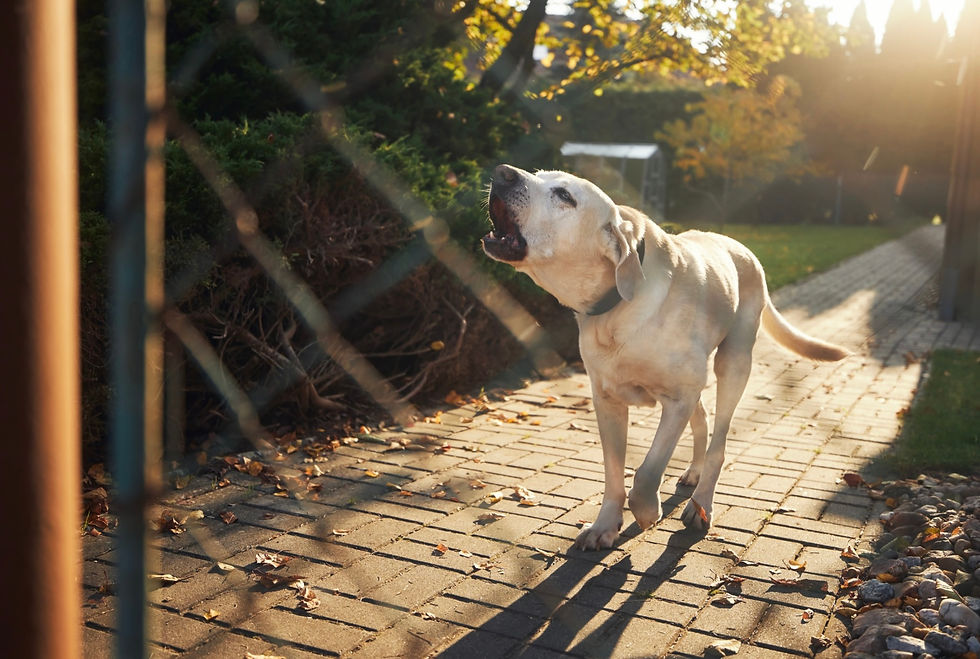A Brighter Outlook for Dogs and Their Humans
- Cristina McKay
- Mar 10, 2024
- 2 min read
Updated: Mar 5

As the days grow longer and the promise of spring hangs in the air, Michiganders eagerly anticipate the arrival of Daylight Savings Time. For many, this shift in time not only marks the beginning of longer evenings and the promise of warmer days ahead but also brings about changes in daily routines, including those of our beloved canine companions.
In Michigan, where winters can be long and dreary, the onset of Daylight Savings Time is met with a collective sigh of relief. The extended daylight hours offer an opportunity for both humans and their furry friends to shake off the winter blues and embrace the great outdoors once again. But amidst the excitement of later sunsets, it's important to consider how this time change can affect dogs and their owners.
For dogs, whose internal clocks are finely tuned to the rhythms of nature, Daylight Savings Time can initially disrupt their routines. Just like humans, dogs thrive on consistency, and any sudden changes in their daily schedule can leave them feeling disoriented and anxious. As the clocks spring forward, pet owners may notice their canine companions exhibiting signs of confusion or restlessness, such as pacing, whining, or changes in appetite and sleep patterns.
To help ease the transition for our four-legged friends, it's essential to gradually adjust their routines in the days leading up to the time change. Start by gradually shifting mealtimes, walks, and bedtime by 10-15 minutes each day until they align with the new schedule. Providing plenty of mental and physical stimulation during the daylight hours can also help dogs adjust more smoothly to the change.
Additionally, Daylight Savings Time presents an opportunity for pet owners to reassess their outdoor activities with their dogs. With the extended daylight hours, there's more time for leisurely walks, trips to the dog park, or outdoor adventures in nature. However, it's crucial to keep safety in mind, especially during the transitional period when visibility may be reduced during early morning or evening walks. Ensure that dogs are outfitted with reflective gear and that they remain leashed in low-light conditions to prevent accidents.
Beyond the practical considerations, the arrival of Daylight Savings Time also offers an opportunity for bonding and quality time between dogs and their humans. Whether it's exploring new trails, playing fetch in the backyard, or simply basking in the warmth of the sun together, these shared experiences strengthen the bond between pets and their owners and contribute to overall well-being for both parties.
In Michigan, where winters often drag on, the onset of Daylight Savings Time is greeted with open arms, signaling the answer of spring and the promise of sunnier days ahead. By helping our dogs adjust and enjoying outdoor activities, we maximize the extra daylight and cherish moments with our pets. So, let's embrace the time change and enjoy the longer, sunnier, longer days ahead with our pups!
-Cristina McKay



Comments